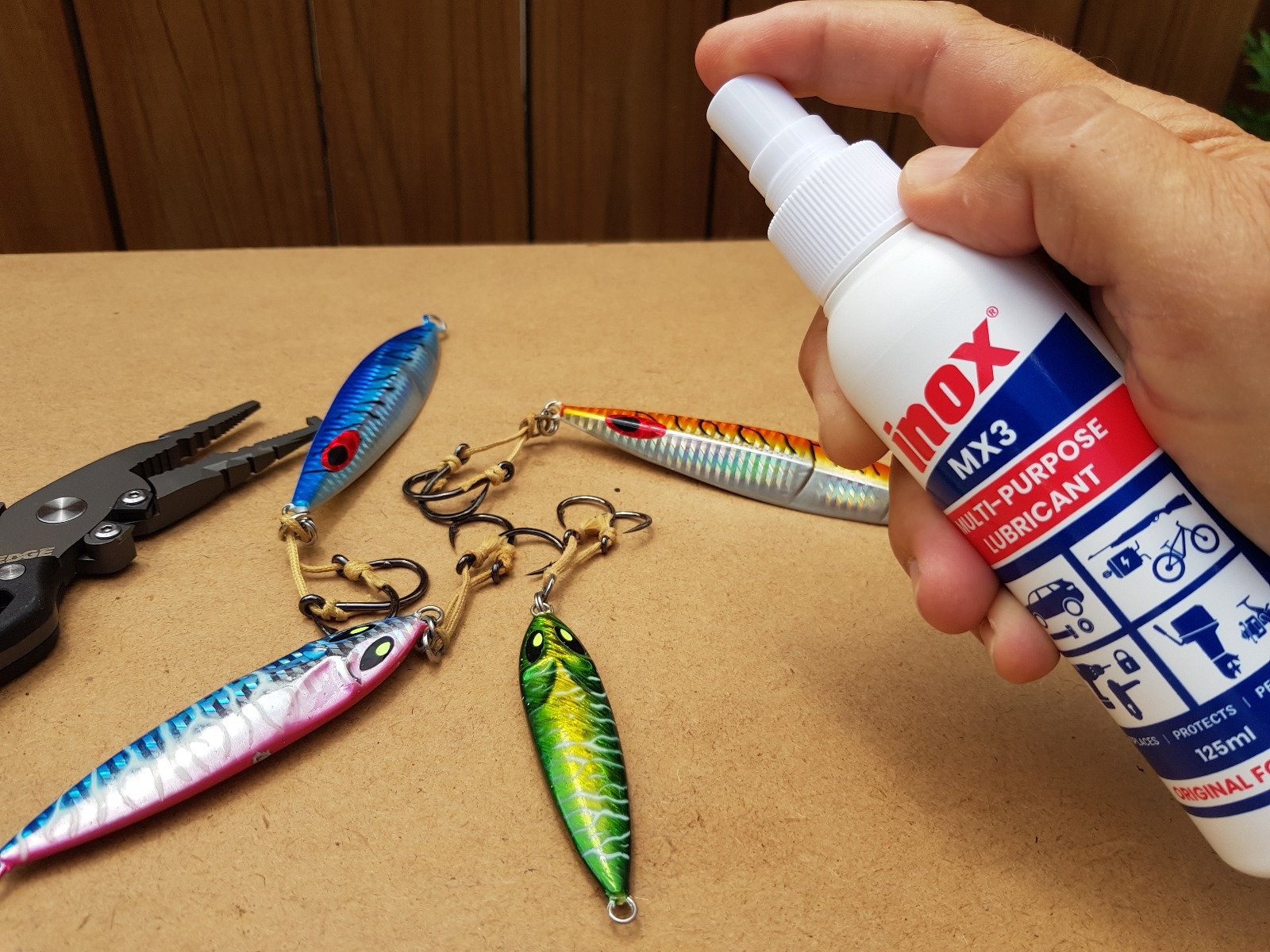Fishing for salmon in estuaries can be a rewarding experience due to the convergence of freshwater and saltwater environments, which attract migrating salmon. Here’s a comprehensive guide on how to fish for salmon in estuaries:

How to Fish for Salmon in Estuaries
Understanding Estuaries
Estuaries are coastal areas where rivers meet the sea, creating a unique ecosystem rich in nutrients and sheltered waters. These areas serve as crucial transitional zones for salmon during their migration from ocean feeding grounds to freshwater spawning habitats.
Equipment Needed
- Fishing Rod and Reel: Use a medium to heavy-action rod paired with a durable reel that can handle the weight and strength of salmon.
- Tackle and Lures: Choose lures that mimic the natural prey of salmon, such as spoons, spinners, and brightly colored flies. Consider using barbless hooks for easier catch and release.
- Fishing Line: Opt for a strong, low-stretch fishing line suitable for saltwater conditions. Fluorocarbon lines are less visible underwater, increasing your chances of attracting salmon.
- Waders and Boots: Wear waterproof waders and sturdy boots to navigate shallow waters and muddy banks comfortably.
Techniques for Fishing in Estuaries
- Tidal Timing: Plan your fishing trip around tidal movements. Salmon are often more active during incoming and outgoing tides when water flow and food availability increase.
- Casting Techniques: Cast your lure upstream into the estuary’s current and retrieve it slowly, allowing it to mimic the movement of natural prey. Vary your retrieval speed to find the most effective pattern.
- Depth Adjustment: Adjust the depth of your lure based on water conditions and salmon behavior. Use floating or sinking lures to target salmon at different depths within the estuary.
- Spot Selection: Focus on areas where freshwater and saltwater mix, creating turbulence and oxygen-rich conditions that attract salmon. Look for submerged structures, rocky outcrops, and shallow banks where salmon gather.
Safety and Conservation Tips
- Respect Fishing Regulations: Familiarize yourself with local fishing regulations and obtain necessary permits before fishing in estuarine waters. Adhere to catch limits and size restrictions to support sustainable fishing practices.
- Handle Fish Carefully: Use a landing net and wet hands to handle caught salmon gently, minimizing stress and injury. Practice catch and release when possible to preserve salmon populations for future generations.
- Environmental Awareness: Avoid disturbing nesting sites and sensitive habitats within estuaries. Dispose of fishing line and other waste responsibly to protect wildlife and maintain the estuarine ecosystem.
Conclusion
Fishing for salmon in estuaries requires patience, skill, and a good understanding of salmon behavior and habitat preferences. By utilizing the right equipment, techniques, and conservation practices, you can enhance your chances of a successful and enjoyable fishing experience in these dynamic coastal environments.



